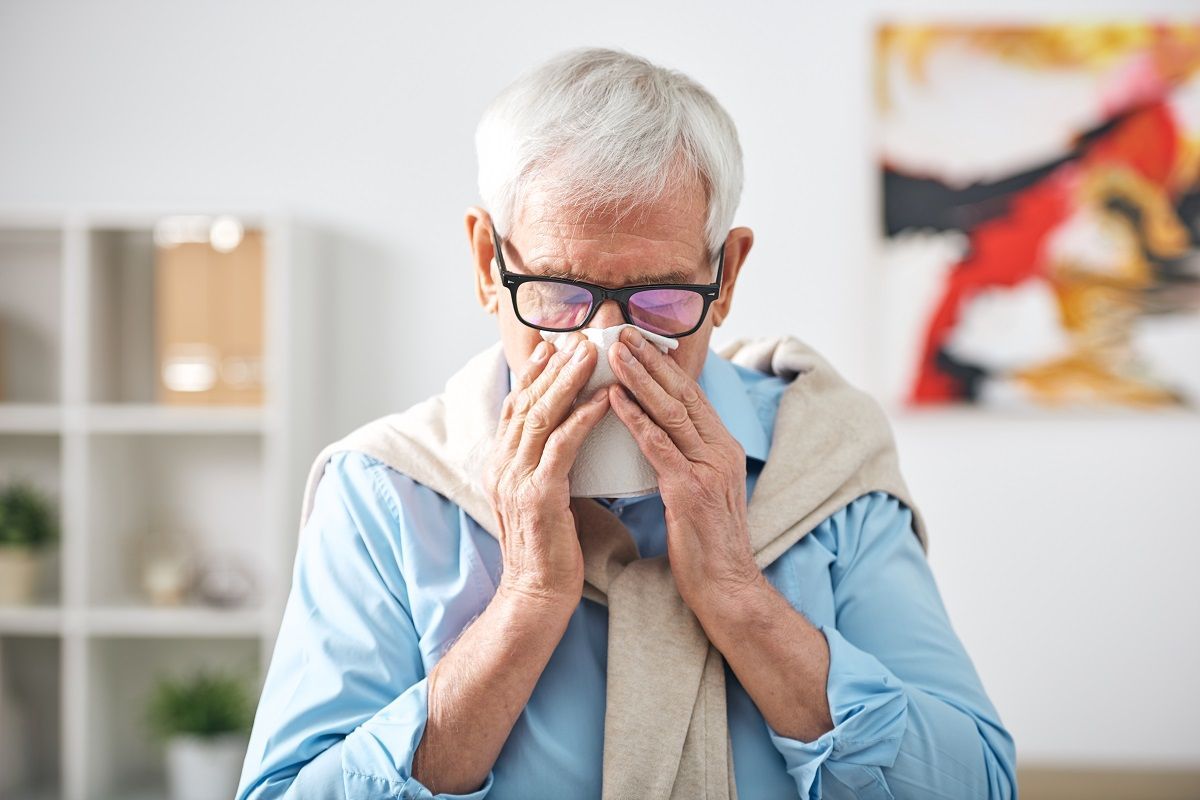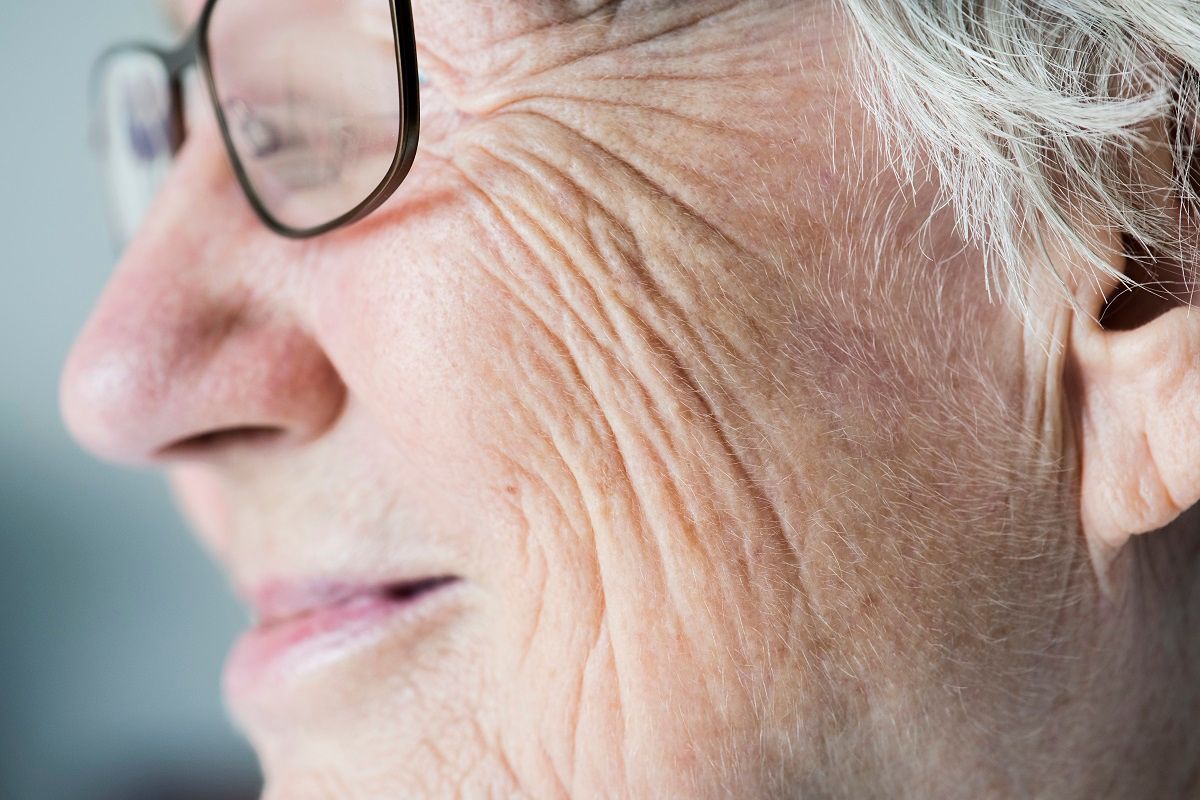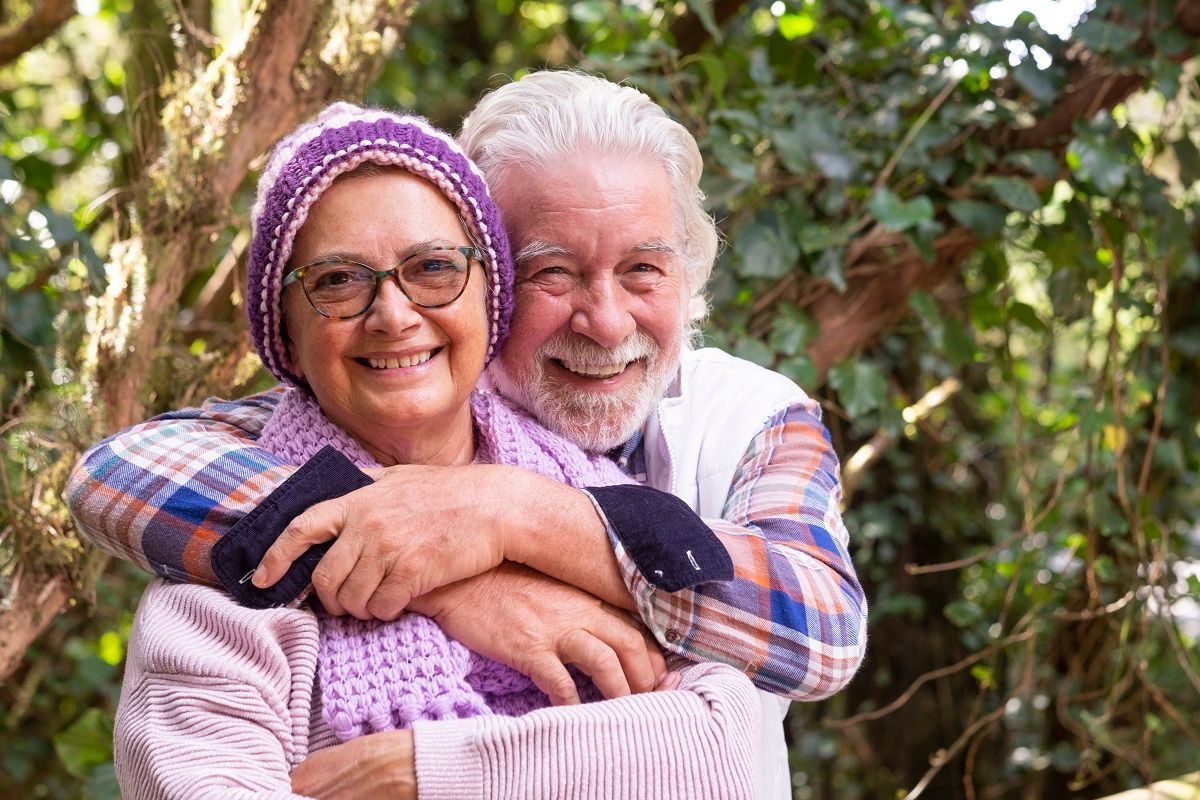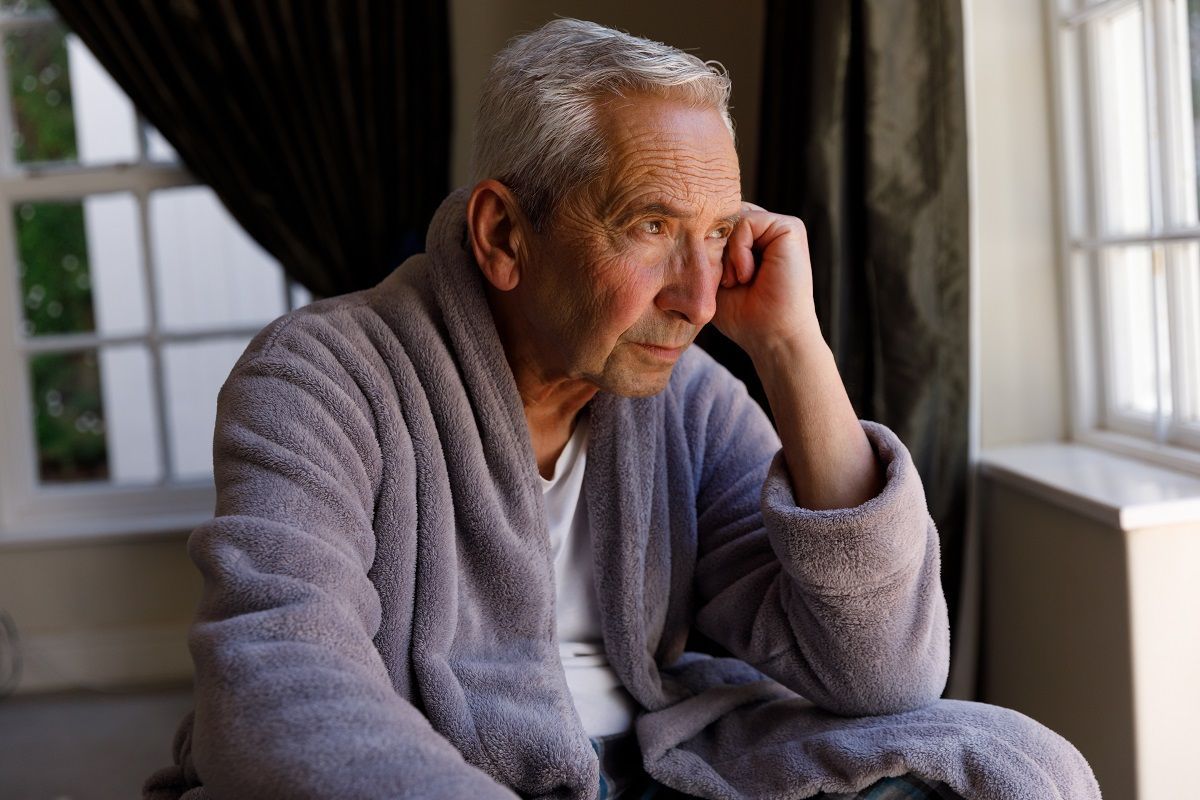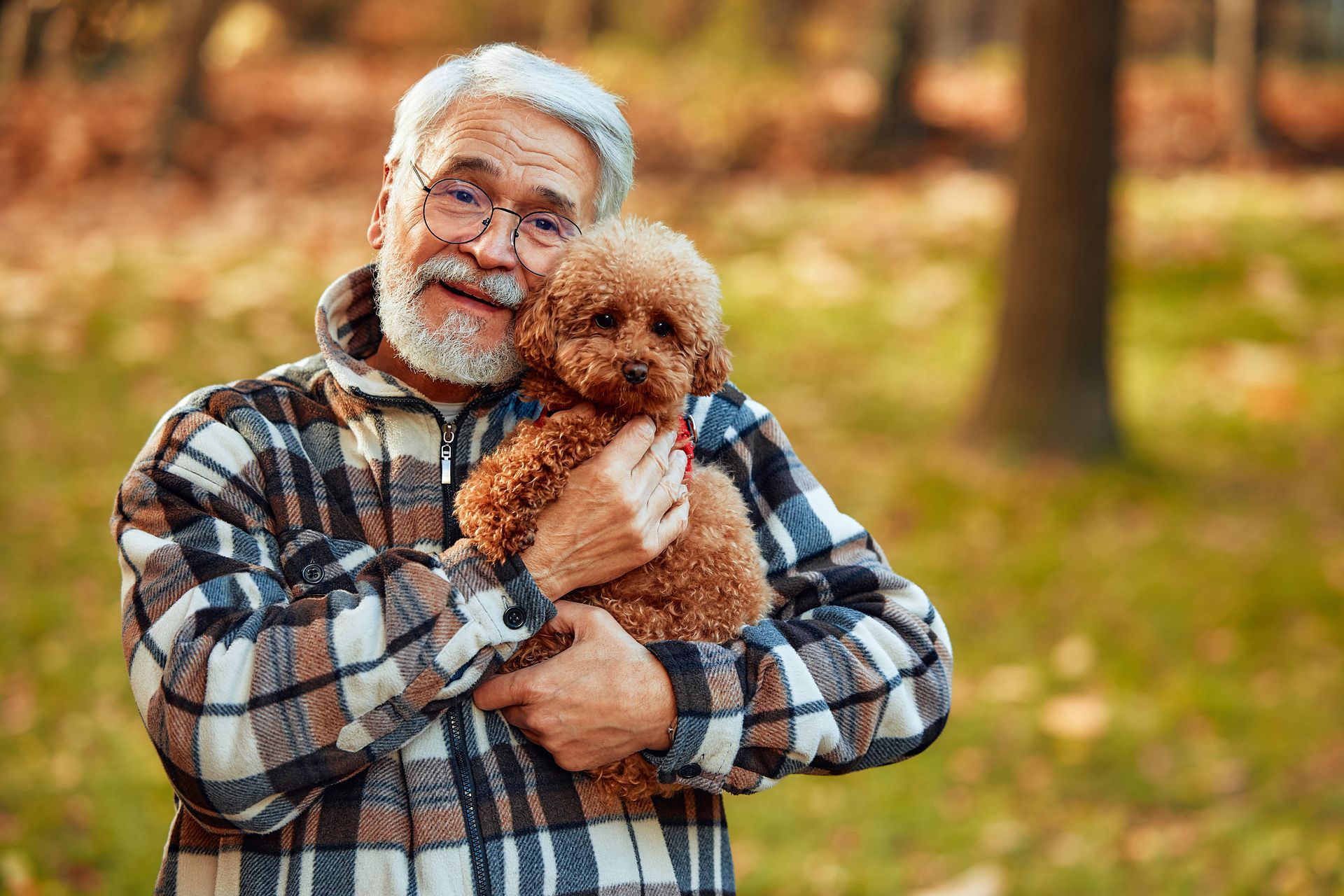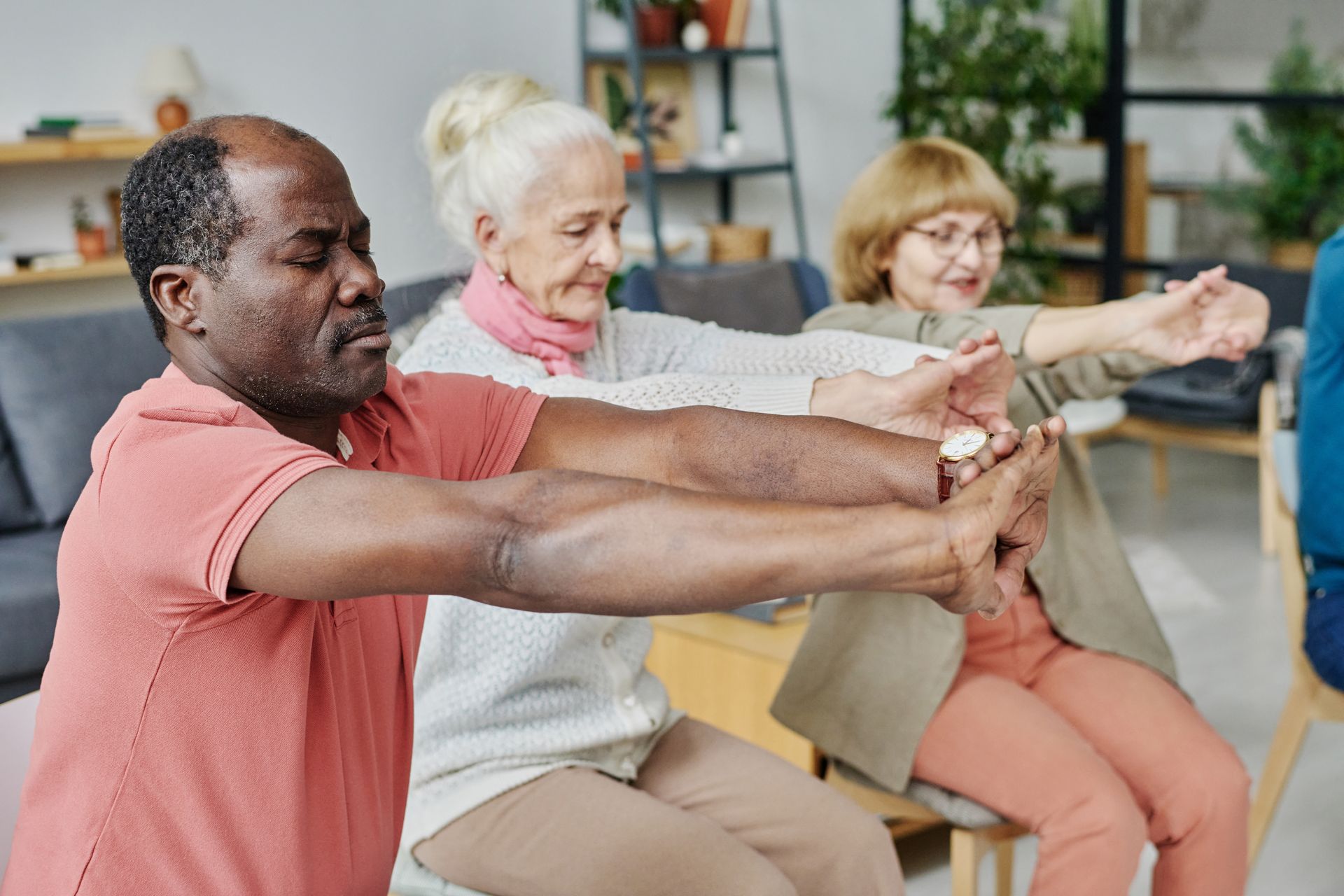Our Location
Elige tu idioma:
Preventions of Falls and Injuries in Older Adults

As we age, we are more vulnerable to accidents and falls, which can harm our health, including hospitalization and incapacity. Falls in older adults are a primary public health concern, and their prevention should be a priority for individuals and healthcare professionals. This blog post will discuss some strategies and tips for fall prevention in the elderly.
Falls are a serious concern for older adults, as they can result in severe injuries, hospitalizations, and a loss of independence.
According to the Centers for Diseases Control and Prevention (CDC), one in four Americans aged 65 and older falls annually. Falls are the main reason for fatal and nonfatal injuries in older persons. Although specific actions may be taken to avoid falls, they are not necessary to get older.
Moreover, elderly falls are a significant problem in the United States and are the leading cause of injury in this age group. In a
study, data showed that in 2018, falls caused approximately 3 million visits to emergency departments, more than 950,000 hospitalizations or transfers to other facilities, and about 32,000 deaths among older adults. Sadly, deaths from falls are on the rise, with the most significant increases seen in those aged 85 years and older. These figures demonstrate how crucial it is to integrate fall precautions and safeguard the health and well-being of senior citizens.
Understanding the Cause of Falls in the Elderly
Falls can have various causes, including medical conditions, medication side effects, environmental hazards, and physical and functional impairments. Among the most common factors contributing to falls in older adults are:
- Muscle weakness and balance problems
- Chronic conditions such as arthritis and Parkinson’s disease
- Vision and hearing problems
- Medication side effects
- Environmental hazards such as uneven floors and poor lighting
Understanding these factors is crucial to prevent falls in older people. Healthcare professionals can help identify and address these issues, while individuals and caregivers can take precautions to minimize fall risks.
Fall Prevention Strategies
Falls can have severe consequences for older adults, leading to hospitalization, disability, and declining quality of life. By implementing these prevention strategies, healthcare professionals, caregivers, and individuals can reduce the risk of falls in the elderly and promote safety and independence in older adults.
1. Exercise Regularly
Physical activity is an essential component of fall prevention in older adults. Exercise can improve muscle strength, balance, and flexibility, reducing the risk of falls. Older adults should aim to perform aerobic, power, and balance exercises for at least 30 minutes a day, five days a week.
2. Get regular vision and hearing checkups
Vision and hearing problems can impair balance and coordination, increasing the risk of falls. Regular checkups and corrective measures, such as eyeglasses and hearing aids, can help prevent falls.
3. Review medications with a healthcare professional
Certain medications, such as sedatives and antidepressants, can increase the risk of falls. Older adults should review their medications with a healthcare professional to identify and minimize these risks.
4. Remove environmental hazards
Environmental hazards such as poor lighting, clutter, and loose rugs can increase the risk of falls. Older adults should ensure their living space is well-lit, clutter-free, and has non-slip flooring.
5. Use assistive devices
Assistive devices such as canes, walkers, and grab bars can improve mobility and balance, reducing the risk of falls. Healthcare professionals can help older adults identify and obtain the appropriate devices.
Fall Prevention Tips for Seniors
It can significantly risk our safety and well-being as we age. The good news is that we may reduce that danger and keep up our exercise levels and health by doing a lot of basic and practical activities.
- Wear proper footwear
Proper footwear can improve balance and stability, reducing the risk of falls. Older adults should wear shoes with non-slip soles and good support.
2. Stay hydrated
Dehydration can cause dizziness and weakness, increasing the risk of falls. Older adults should drink plenty of water throughout the day, especially during hot weather or physical activity.
3. Be cautious on stairs
Stairs can be a significant fall hazard for older adults. Older adults should use handrails and take one step at a time, avoiding rushing or carrying objects while using stairs.
4. Take it slow
Older adults should avoid sudden movements and take their time when standing up or changing positions, especially after sitting or lying down for an extended period.
5. Keep emergency numbers handy
Older adults need quick access to emergency contacts in case of a fall or injury. These emergency numbers should include their healthcare provider, family members, and emergency services. By having these numbers easily accessible, seniors can get the help they need as quickly as possible.
Discover more tips, approaches, and strategies for elderly fall prevention by reading our dedicated blog post, “Stay Standing: Tips for Fall Prevention in Older Adults.”
Common FAQs about Fall Prevention for Seniors
- Can fall prevention programs really make a difference in reducing falls in the elderly?
Answer: Yes, fall prevention programs effectively reduce the risk of falls in older adults by up to 30%.
- What are some home modifications that can prevent falls in the elderly?
Answer: Home modifications that can prevent falls in older people include removing clutter, installing grab bars and handrails, improving lighting, and removing tripping hazards.
- Can strength and balance exercises really prevent falls in the elderly?
Answer: Yes. According to a study, exercises that increase muscle strength, balance, and flexibility have been demonstrated to lower the risk of falls in older persons.
- How often should the seniors have their vision checked to prevent falls?
Answer: Seniors should have their vision checked at least once a year to detect any changes affecting their balance and coordination.
- Is it normal for the seniors to fall?
Answer: Falling is not a normal part of aging, but it is a common problem for older adults due to declining health, decreased mobility, and environmental hazards.
- What should I do if I witness an elderly fall?
Answer: If you witness an older adult fall, stay calm and call for emergency medical services. Do not move the person unless they are in immediate danger.
Stay on Your Feet: The Power of Fall Prevention for a Healthier, Happier Life!
Preventing falls in the elderly is doable with proper strategies and precautions. Healthcare professionals can help identify and address fall risks. At the same time, individuals and caregivers can take steps to minimize hazards and promote safety. By following fall prevention strategies and tips; older adults can improve their quality of life and reduce the risk of falls and injuries.
Don’t wait until a fall happens to take action! Take charge of your health to lower your chance of falling and becoming hurt as an older person. Book an appointment with us today by calling (813) 968-8314 or emailing info@ocanamedicalcenter.com. At Ocana Medical Center, we offer comprehensive fall prevention services, including evaluations, personalized plans, and ongoing support to help you maintain your balance and mobility. Visit our website to learn how we can help you stay safe and independent for years.
Ocana Medical, located in Tampa, FL, aims to bring you as much information as possible to keep you healthy. We're in this together. #ocanacares
“Respect. Compassion. Quality. Integrity. These are the values on which Ocana Medical Center was built. Our aim isn’t just to treat you today. We hope to earn your trust and be your healthcare provider for life.”
©2023 Ocana Medical Group, Inc.
USEFUL LINKS
GET IN TOUCH
Call Us Today
Send us Email
Our Location
Ocana Medical Center | All Rights Reserved.




